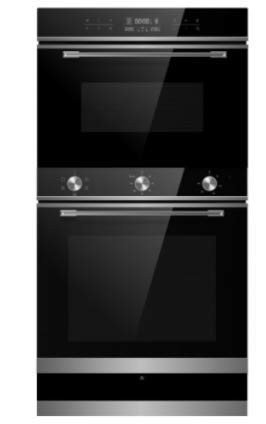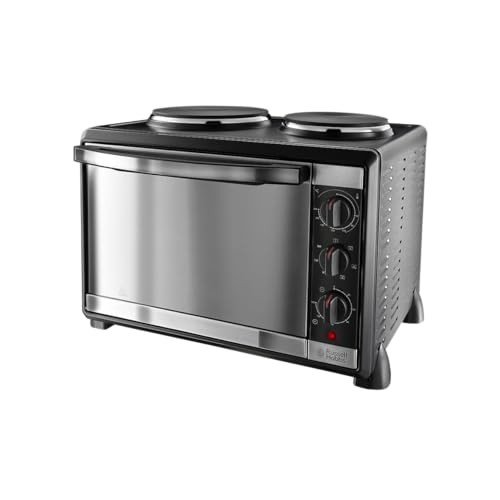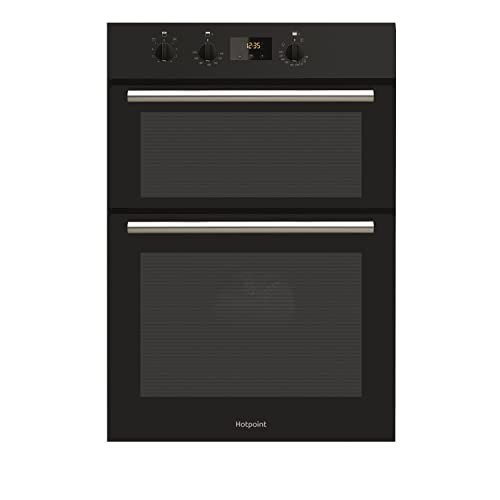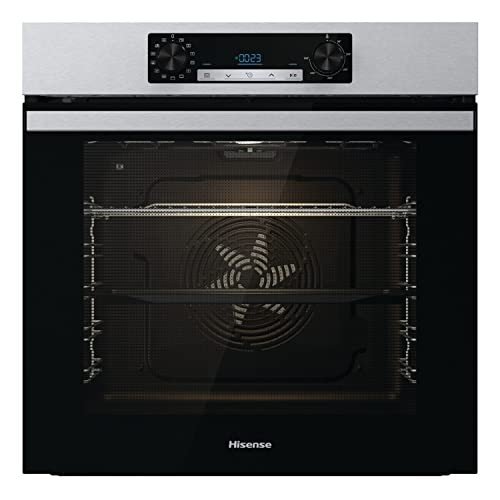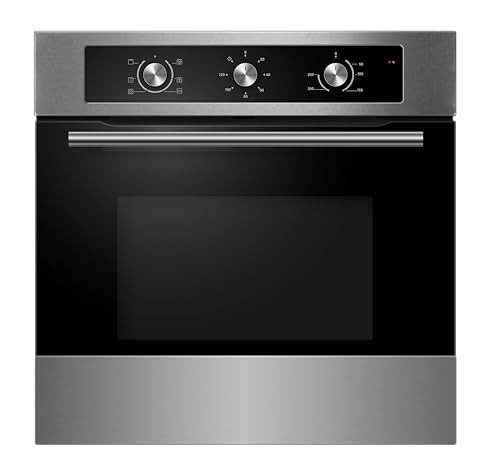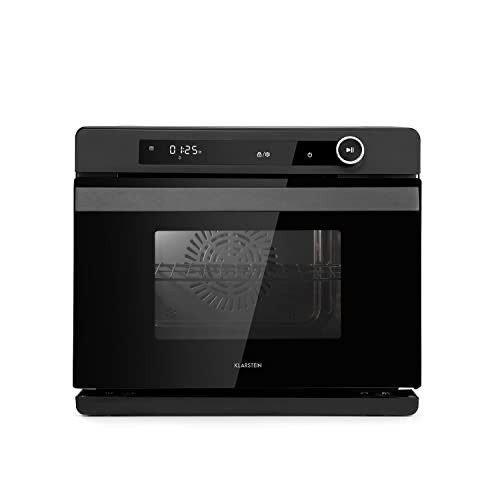Looking for the perfect oven? You've come to the right place! Our selection offers everything from compact models for small kitchens to larger ones equipped with the latest tech, so you can find just what you need for delicious meals and baking adventures.
Ovens
Discover the perfect ovens to elevate your cooking experience and bring your culinary creations to life
Product List
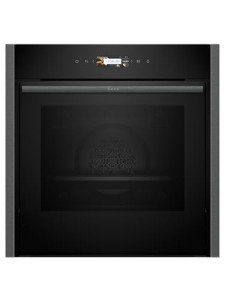

Neff 60cm Stainless Steel Warming Drawer
Neff
Product Review Score
4.66 out of 5 stars
48 reviews$793.14

NEFF Stainless Steel Warming Drawer
Neff
Product Review Score
4.32 out of 5 stars
112 reviews$634.39


22L Touch Control Warming Drawer
Cookology
Product Review Score
4.38 out of 5 stars
142 reviews$359.90
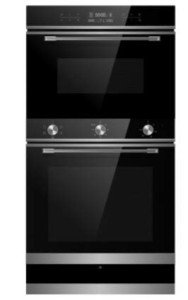
Cookology 72L Oven-Microwave Combo
Cookology
Product Review Score
4.28 out of 5 stars
36 reviews$1,291.67
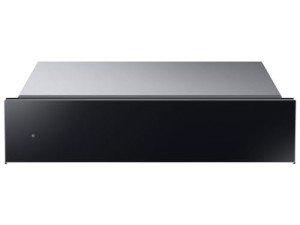
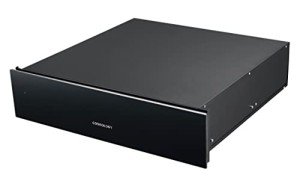
Black 60cm Built-In Warming Drawer
Cookology
Product Review Score
4.14 out of 5 stars
67 reviews$186.61
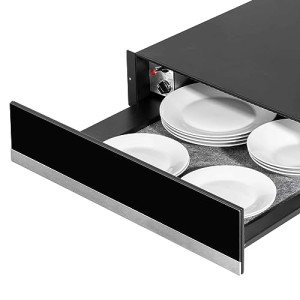

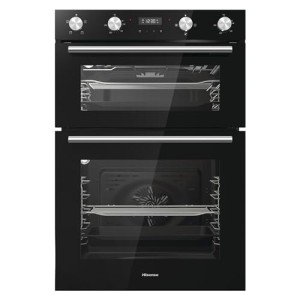
Hisense XL Built-In Oven
Hisense
Product Review Score
4.57 out of 5 stars
22 reviews$519.87 $491.88
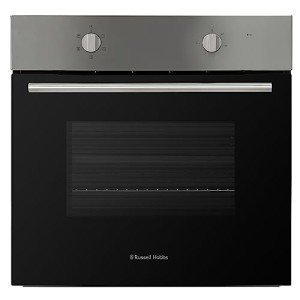
60cm Stainless Steel Oven
Russell Hobbs
Product Review Score
4.16 out of 5 stars
224 reviews$306.58 $218.53
The Ultimate Guide to Ovens: Everything You Need to Know
When it comes to the modern kitchen, ovens are among the most indispensable appliances. From baking bread to roasting vegetables or cooking a holiday meal, ovens provide versatility, convenience, and consistent results. However, with so many choices on the market—electric, gas, convection, smart ovens, and more—selecting the right one can be overwhelming. This comprehensive guide will break down everything you need to know about ovens, including types, features, buying considerations, care tips, and frequently asked questions.
A Brief History of Ovens
Ovens have been around in some form for thousands of years. Early ovens were clay chambers heated by fire, used for baking bread and cooking meats. Over time, ovens evolved with technology—wood-fired ovens gave way to gas models in the 19th century, followed by electric ovens in the early 20th century. Today, the growing popularity of smart ovens and eco-friendly models is shaping the future of cooking appliances.
Types of Ovens
Choosing the right oven depends on cooking style, budget, and kitchen setup. Below is a breakdown of common oven types.
| Type of Oven | Fuel Source | Key Features | Best For |
|---|---|---|---|
| Gas Oven | Natural gas/propane | Quick heating, moist heat | Traditional cooking, roasting |
| Electric Oven | Electricity | Even temperature, easy browning | Baking and regular household use |
| Convection Oven | Electric or gas with fan | Hot air circulation, faster cooking | Crispy baking, roasting meats |
| Steam Oven | Water reservoir, electric | Gentle cooking, preserves nutrients | Health-conscious cooking |
| Wall Oven | Gas/electric | Built into cabinetry, ergonomic | Modern kitchens with space |
| Range Oven | Combined with stovetop | Versatile, space-saving | All-in-one cooking |
| Smart Oven | Electric, Wi-Fi enabled | Remote control, presets, tech features | Tech-savvy households |
| Microwave-Convection Combo | Electricity | Microwave + convection | Quick and versatile cooking |
Key Features to Consider
When shopping for an oven, it’s important to think about what features will make your cooking easier and more efficient.
1. Size and Capacity
- Compact ovens (20–30 liters): Perfect for small kitchens or single-person households.
- Standard ovens (60–70 liters): A practical choice for most families.
- Large capacity ovens (90+ liters): Ideal for frequent entertainers or large families.
2. Self-Cleaning Function
- Pyrolytic Cleaning: Uses very high heat to burn food residue into ash.
- Steam Cleaning: Injects steam to loosen grime for easy wiping.
- Catalytic Liners: Special coating absorbs grease while cooking.
3. Convection vs. Conventional Cooking
- Convection ovens use fans for better heat circulation, cooking food faster and more evenly.
- Conventional ovens rely on heating elements, often resulting in hot spots.
4. Control Options
- Manual dials: Simple and durable.
- Digital touch panels: Sleek, feature-rich interfaces with precise control.
- Smart controls: App-based management with remote monitoring.
5. Energy Efficiency
Look for energy-efficient ovens to save money in the long run. Models with A+ or higher energy ratings are recommended.
Pros and Cons of Different Ovens
| Oven Type | Pros | Cons |
|---|---|---|
| Gas Oven | Fast heating, cheaper fuel (in some areas) | Uneven baking, requires gas line |
| Electric Oven | Steady and even heat, easier to install | Slower to preheat, higher running cost in some regions |
| Convection Oven | Faster cooking, crispier results | More expensive, learning curve |
| Steam Oven | Healthier cooking, better flavor retention | Smaller capacity, higher cost |
| Smart Oven | Convenient, automated settings | Expensive, dependent on Wi-Fi |
Oven Maintenance Tips
Proper cleaning and maintenance extend the life of your oven and improve cooking performance.
Daily Care
- Wipe spills immediately after the oven cools.
- Use oven-safe liners or trays to catch drips.
Weekly to Monthly Care
- Check for grease buildup on the door and interior.
- Clean racks separately with warm, soapy water.
Annual Maintenance
- Inspect the door seals to prevent heat loss.
- If gas-powered, consider a safety inspection by a technician.
Tips for Choosing the Right Oven
- Evaluate cooking needs: Bakers may prefer electric convection ovens, while traditional cooks might like gas.
- Consider kitchen layout: Wall ovens save back strain, while range ovens save space.
- Think about capacity: Small households don’t need oversized models.
- Budget realistically: Prices vary widely—set a budget before shopping.
- Prioritize energy efficiency: It saves money and helps the environment.
Frequently Asked Questions (FAQ)
Q1: What type of oven is best for baking?
Electric convection ovens are generally considered the best for baking because they provide steady heat and better air circulation for even results.
Q2: Can a convection oven replace a microwave?
Not entirely. While convection ovens can reheat and cook food faster than conventional ovens, they cannot match the speed of microwaves for quick reheating. Some combo models merge both functions.
Q3: Do ovens consume a lot of electricity?
Yes, ovens can consume a significant amount of energy, especially when used frequently. Choosing an energy-efficient model and avoiding unnecessary preheating can reduce costs.
Q4: How often should I clean my oven?
Light cleaning should be done after each major use, with a more thorough cleaning every 1–3 months depending on usage.
Q5: Are smart ovens worth the investment?
Smart ovens are ideal for families who enjoy convenience and tech integration. However, for basic cooking needs, traditional options may suffice.
Q6: Can I install an oven myself?
Some electric ovens are easy to plug in, but gas ovens and built-in wall ovens typically require professional installation for safety and compliance with building codes.
Ovens have come a long way from basic fire-heated chambers to sophisticated, technology-rich devices designed to fit every style of cooking. Whether one prefers the traditional feel of a gas oven, the precision of electric models, or the convenience of smart appliances, there is an oven tailored to every kitchen’s needs. By considering size, functionality, energy efficiency, and maintenance, buyers can invest in a model that will provide years of delicious meals and reliable service.
When it comes to ovens, the variety available means there is no “one-size-fits-all.” The best oven is not necessarily the most expensive or feature-rich, but the one that aligns perfectly with how a household cooks, entertains, and enjoys food.
